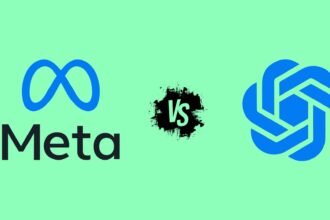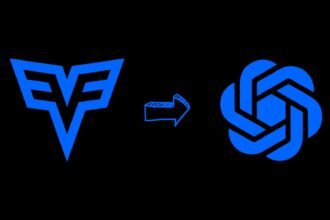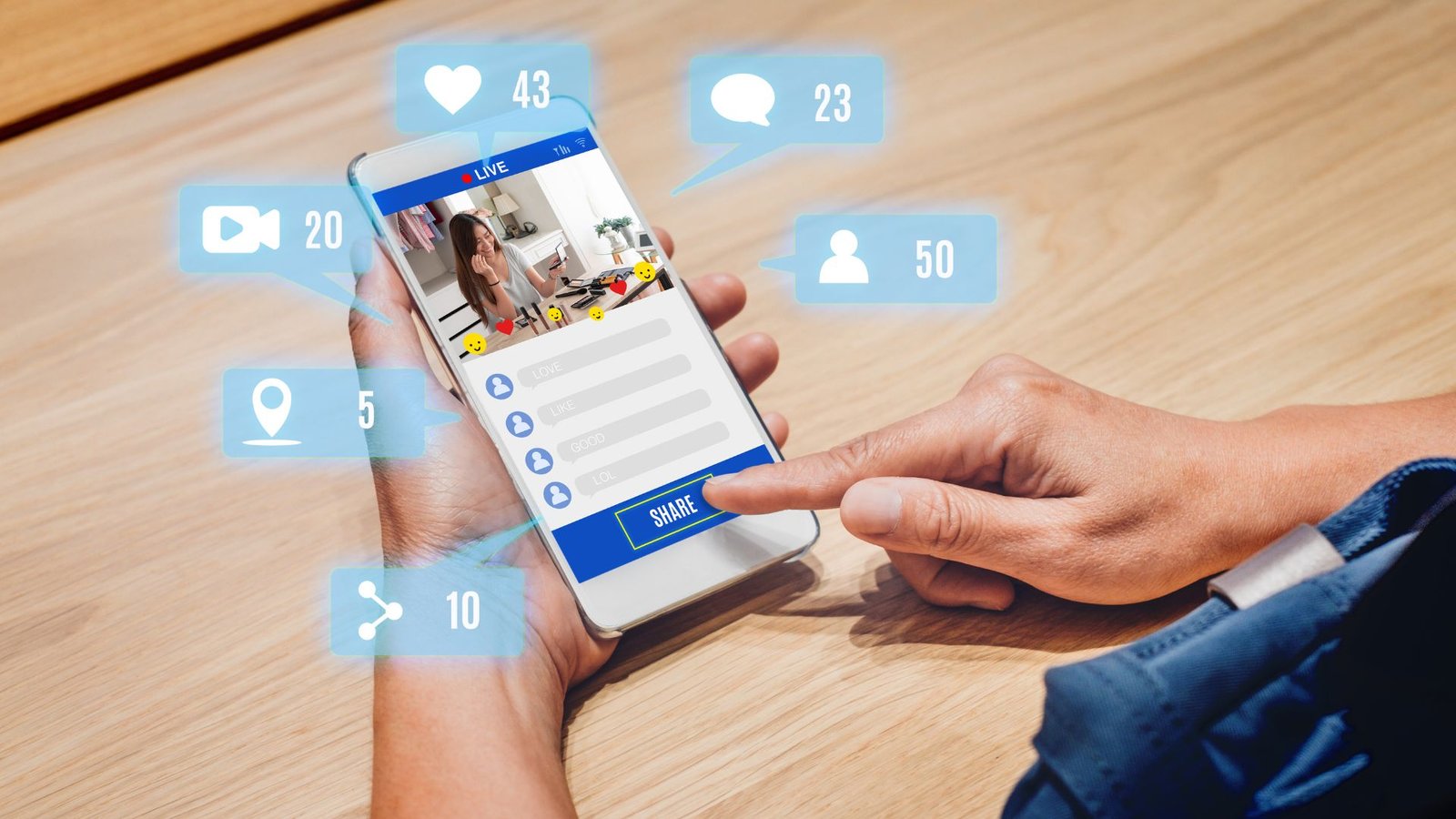AI influencers are rapidly becoming the new celebrities of the digital domain, captivating audiences with a fascinating blend of technological prowess and unique personality traits. These AI-powered personalities are redefining social media engagement, offering a refreshing alternative to traditional human influencers.
Their rising popularity can be attributed to several compelling factors, including their ability to mitigate negative social comparisons, their relentless availability for interaction, their quick adaptability to trending styles, and their capacity to exhibit distinct and captivating characteristics.
In this blog, we’ll delve into the intriguing ascent of AI influencers, exploring the process of creating one in six straightforward steps, and examining the opportunities for monetization on platforms like Instagram. Let’s embark on an exploration of the captivating world of AI influencers and uncover the reasons behind their escalating popularity.
Popularity of AI Influencers
AI influencers are becoming increasingly popular for a multitude of reasons:
- Minimizing Social Comparison: AI influencers offer aspirational content without invoking the detrimental aspects of social comparison often linked with human influencers, safeguarding viewers’ self-esteem and mental health.
- Quick Adaptation and Customization: They can swiftly adjust to emerging trends and tailor their content to align closely with their followers’ preferences.
- Entertainment and Unique Personalities: AI influencers bring a novel form of entertainment, distinguished by their unique personalities and capabilities.
- Constant Availability: Unlike human influencers, AI personalities can provide continuous, round-the-clock engagement with their audience.
How to Build an AI Influencer in 6 Easy Steps
Creating an AI influencer can open up innovative avenues for digital engagement and brand promotion. Here’s a step-by-step guide to building your AI influencer:

1. Setting Up the Environment
Begin with Google Colab, a convenient, cloud-based platform that lets you run Python code and machine learning models without the need for a high-powered GPU.
This is especially useful if you lack access to advanced computing hardware. Start by opening a pre-prepared Google Colab notebook which serves as a user-friendly platform for generating AI-generated images.
2. Initializing the AI Model
In Google Colab, ensure you’re connected to a GPU. Activate the AI model by running the code in the notebook. Simply click the play button. This step lays the groundwork for your AI influencer.
3. Accessing the Web Interface
Once your code has successfully run, click the link that appears to access the web interface. This is where the magic happens. You’ll provide input prompts and make choices about your AI influencer’s appearance, tweaking everything from base images to advanced settings.
4. Customizing Your AI Influencer
Delve into the advanced settings on the web interface. Here, you can select your desired aspect ratio and decide how many images to generate. Define your influencer’s style from options like anime, realistic, or watercolor.
5. Generating the Initial Image
Pick an aspect ratio suitable for your platform (e.g., 1:1 for Instagram) and craft a detailed prompt describing your influencer’s features. For instance:
“Realistic portrait of a stunning woman with vibrant blue hair, gentle freckles, green eyes, wearing minimal makeup, in a modern, Instagram-style photograph.”
Hit the generate button to start the creation process. The time it takes to produce your image will depend on the complexity and the quality settings you’ve chosen.
6. Refining and Expanding the Influencer’s Portfolio
After generating your initial image, you can upload it using the Input Image option. Then, employ the Image Prompt feature to create variations of your influencer in different scenarios. For instance, you could type:
“Woman clad in a festive cocktail attire, with glimmering embellishments.”
to visualize your influencer in new settings. Should the generated images not align perfectly with your influencer’s established look, consider using face swapping techniques to ensure consistency across various images.
Monetizing AI Influencers on Instagram
AI influencers can monetize their presence on Instagram much like human influencers, engaging in brand partnerships and sponsorships, incorporating product placements and advertisements in their posts, or even selling related merchandise.
By following these steps and considering the ethical implications and best practices of AI influencer creation, you can pioneer a new path in digital marketing and engagement.
Whether it’s refining your influencer’s look or expanding their digital footprint, the power of AI offers limitless potential for creativity and innovation.
Safety and Considerations in Creating AI Influencers
Creating AI influencers presents both opportunities and challenges:
- Advantages:
- Controlled Content: Brands can exercise precise control over the narratives and content, significantly reducing the risk of controversies.
- Enhanced Engagement: AI influencers often achieve higher rates of engagement compared to their human counterparts.
- Innovative Marketing: They offer a fresh, inventive approach to captivating audiences and executing marketing strategies.
- Challenges:
- Ethical Issues: The deployment of AI influencers sparks debates over marketing authenticity and the need for transparency.
- Technological Constraints: The current limitations in technology might impact the realism and range of their interactions.
- Public Perception: The reception of AI influencers can vary, with some segments of the audience remaining skeptical about their authenticity.
FAQs: AI Influencer
-
What are the first steps in creating an AI influencer?
Use Google Colab and activate the AI model to start generating your influencer’s images.
-
How do you customize an AI influencer?
Through the web interface, define style, aspect ratio, and detailed prompts for realistic image generation.
-
Can AI influencers be monetized like human influencers?
Yes, through brand partnerships, sponsorships, product placements, and selling merchandise on platforms like Instagram.
-
What are some challenges in creating AI influencers?
They face ethical concerns, technological limitations, and varying public perceptions regarding authenticity.
Conclusion
AI influencers signify a significant progression at the confluence of technology and social media. By melding the versatility and novelty of AI with the interactive essence of social platforms, these digital entities introduce a fresh paradigm of user engagement.
Although the journey of creating and monetizing an AI influencer may seem intricate, it unlocks a spectrum of innovative possibilities for brands and content creators, offering a controlled yet creatively vibrant avenue for marketing.
Nonetheless, this emerging territory is accompanied by its own ethical considerations and technological challenges. As we navigate through this evolving digital landscape, AI influencers are set to play a pivotal role, redefining our perceptions of influence, interaction, and the essence of digital personae.









